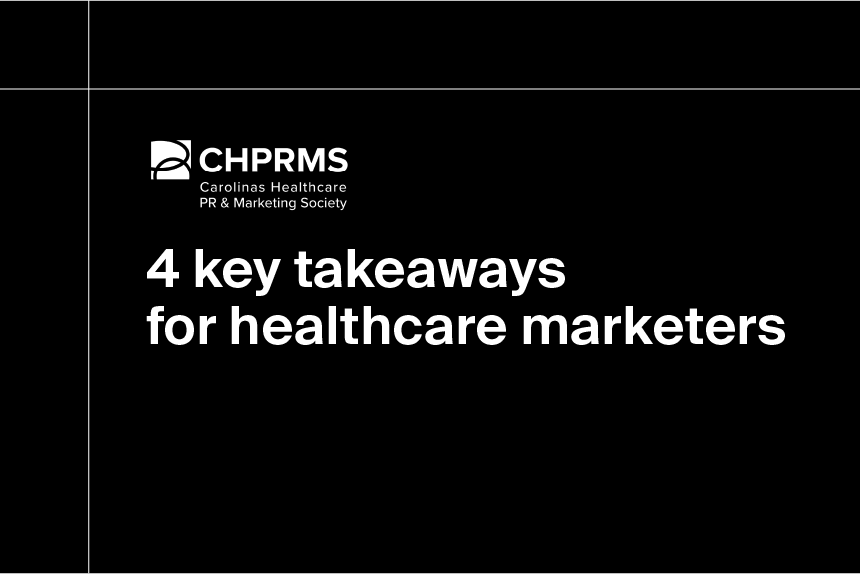*Updated June 2019
As patients continue to seek affordable, accessible healthcare, traditional care centers like hospitals must adapt to shifting market demands in order to maintain both their patient populations and revenue streams.
The entrance of retail clinics and ambulatory surgery centers are complicating care coordination and hospital revenues by offering out-of-network care options for patients. Large-scale mergers and acquisitions — like the merger of CVS and Aetna — are also impacting the stability of the healthcare market, altering providers’ perception of their industry. Physician group acquisition is one way hospitals and health systems are increasing their market share and reducing overall costs.
Unlike hospitals, physician groups hold a unique place within the healthcare market. Physician group practices are smaller than hospitals and generally focus on a single specialty, which gives them greater flexibility in a variety of areas — such as spending on charity care, operating hours, and service offerings — as well as eliminating financial and quality disparities between departments. Single-specialty group practices also reduce competition between individual providers and departments, and instead encourage camaraderie and cooperation to solve common issues. Another benefit of a physician group’s small size is the ability to adapt quickly to shifting market pressures and new care guidelines from the Centers for Medicare and Medicaid Services (CMS) and other governing bodies.
Top 5 IDNs with the Most Physician Group Affiliations
- HCA Healthcare: 130
- University of Pittsburgh Medical Center: 47
- Willis-Knighton Health System: 24
- CommonSpirit Health: 40
- Trinity Health: 30
Fig 1 Data from Definitive Healthcare, as of June 2019, based on annual self-reporting from IDNs, hospitals, and health systems, as well as proprietary research
Despite their many advantages, physician groups face challenges in the form of limited networks, small budgets, restricted service offerings and lab availability, and other issues that make them ideal candidates for acquisitions and partnerships with hospitals and larger care facilities. For CMS programs such as Meaningful Use, being part of a hospital network could lead to greater financial resources and aid in implementing an electronic health record (EHR) system. Physician groups can also benefit from hospital acquisition via referrals; practitioners can refer patients to an in-network hospital for lab work or x-rays, for example, and hospitals can refer patients to specialists employed at a group practice. Keeping consultations and procedures within a network leads to lower costs for patients and providers while improving care coordination, reducing the chance of providing duplicate services or, alternately, overlooking a patient’s medical condition.
Most Recent Physician Group Acquisitions and Mergers
- Gryphon-Backed Water’s Edge Dermatology Acquires Coast Dermatology (FL)
- Eastern Nephrology Associates Merges with Southeastern Nephrology Associates (NC)
- CORA Physical Therapy Acquires Elite Physical Therapy of St. Louis (MO)
- Montecito Medical Acquires Murfreesboro Medical Clinic on Garrison Drive (TN)
- Wolfe Eye Clinic Acquires Children’s Eye Clinic (IA)
Fig 2 Data from Definitive Healthcare based on facility announcements and proprietary research. Physician Groups in this list acquired by hospitals or health systems.
In addition to their financial benefits, physician groups are also advantageous to employed providers. Group practices can offer scheduling flexibility that hospitals may not — most hospitals hold longer operating hours than physician groups, which gives providers less time away from the office. Acquiring a physician group could allow hospitals to distribute shifts more evenly among employed physicians, making the facility or network a more desirable employer. Outside of scheduling, group practices offer an opportunity for physicians to feel as though they have a voice in the management and decision-making within their facility. The smaller size of physician groups fosters a sense of community among care providers and other staff that may not be possible in a larger, more segregated facility such as a hospital.
In this webinar, Bobby Gleavy, Definitive Healthcare’s Division VP of Sales, will explain how to:
- Use quality, financial, and clinical metrics to identify hospitals and IDNs in need of your services, products, and/or solutions.
- Track referral patterns and prescription data to expand selling opportunities
- Develop ideal customer profiles based on net patient revenue, departmental budgets, procedure and diagnosis data, and other information.
- Create account plans targeting specific hospital and health system leaders from C-suite executives to VPs.




